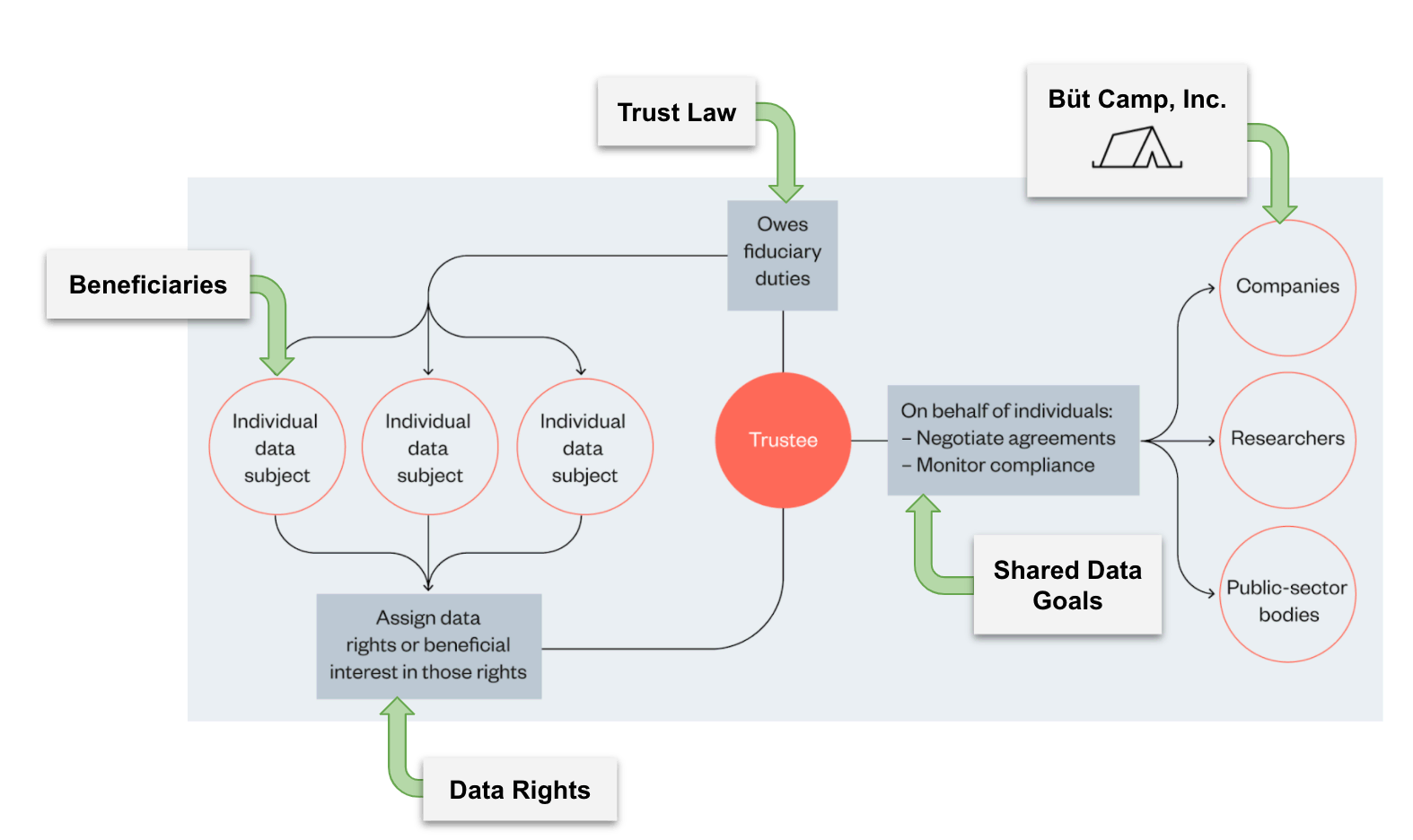The Problem: Loose Personal Data Protection
Modern Data Governance Needs
Have you ever wondered what really happens with the data you provide your online services and accounts? Of course you have! Using Google, Amazon, Twitter, Facebook, and any other e-commerce or social media service not only allows them to keep your data, but use it to generate product recommendations and targeted ads.
The individual user has little autonomy over what happens to their data they knowingly or unknowingly provide online services and websites. There are specific laws for protecting User Data, but in the US they are only just being introduced in Congress (for example, see H.R.4240 - 117th Congress (2021-2022): User Data Protection Act. (2021, June 29). (https://www.congress.gov/bill/117th-congress/house-bill/4240).
General Data Protection Regulation (https://gdpr-info.eu/) do exist, as well as the Personal Data Protection Bill, however, current data rights are often exchanged from the company and its consumers through Privacy Policies, User Agreements, and/or Terms of Condition, which are challenging and lengthy to read and difficult to combat if they are read and disagreeable to the user. Teresa Scassa, the Canada Research Chair in Information Law and Policy at the University of Ottawa’s Faculty of Law, sums it up perfectly: “There is simply too much to manage, and often the way it is presented to consumers makes it difficult for them to make informed choices. In this context, clicking “I agree” without reading privacy policies is an act of surrender, not of consent” (Scassa 2018).
We hear you, Teresa.
Recently there have been calls for companies to answer for how they manage user data and what they use it for, an example being the recent 2020 inquiry into multiple e-commerce and social media companies including Amazon, TikTok, Twitter, and others (Diaz 2020), as well as multiple discussions on ethical data use in many other applications, including other tech companies like Uber, Google Maps, and Facebook (Janiszewska-Kiewra, Podlesny, & Soller 2020).
We believe that businesses should have clear, transparent standards on how they will use customer data that is human-readable. Büt Camp Inc. wants a solution that allows our customer data to benefit the company, researchers, and other companies through ethical data sharing.

